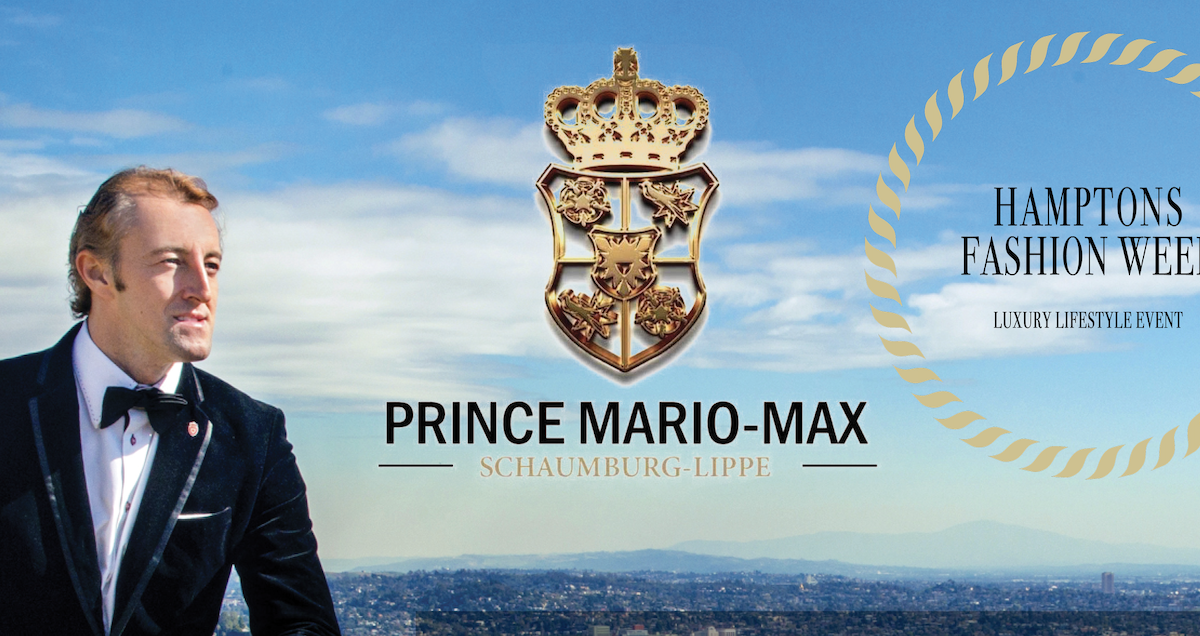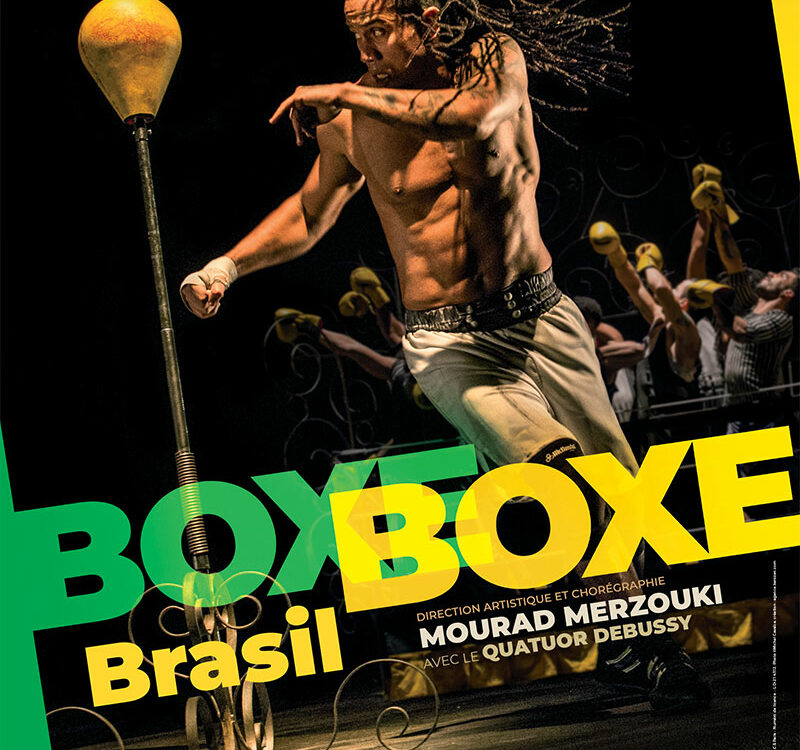THE GALLERIA GIORGIO FRANCHETTI AT CA’ D’ORO
Exquisite late-Gothic example of a ‘warehouse-residence’, Ca’ d’Oro – built for the rich merchant Marino Contarini between 1422 and about 1440, on the site of a previous Veneto Byzantine house – was bought in 1894 by Baron Giorgio Franchetti (Turin 1865 – Venice 1922), who decided to make it into a museum of his art collections, the result of a collecting passion begun in his youth in Venice, Austria and Germany and intensified from 1890 over the course of a long stay in Florence and numerous travels abroad. Donated to the state in 1916, which undertook to continue the works of furnishing and restoring the building, also buying the adjacent Palazzo Duodo, the gallery was opened to the public in 1927. Alongside the original nucleus, which included important Veneto and Flemish pieces and a considerable number of Renaissance paintings by rare and minor artists from central Italy, mainly Tuscan, works were exhibited from the state deposits, from the Museo Archeologico and the Gallerie dell’Accademia. Enriched by the further addition of sculptures from suppressed churches and demolished monuments, the museum contains – in addition to carpets, tapestries, detached frescoes (including fragments from the Fondaco dei Tedeschi) and wooden furniture of various periods and origins – an important nucleus of Renaissance medals and bronzes (including the big bronzes by Andrea Riccio from the dei Servi church, those by Vittore Camelio, the master of the Barbarigo altar and the very refined Apollo by Jacopo Bonaccolsi called l’Antico from the Pasqualigo collection) and a vast section of ceramics opened in 1992 in the adjacent Palazzo Duodo. The rich numismatic collection is also accessible on request to scholars and specialists, with Venetian coins from all periods, Byzantine and Arab pieces and examples from other European countries. Noteworthy among the most prestigious works in the gallery – which also boasts an interesting section of sixteenth- and seventeenth-century Flemish and Dutch painting with landscapes, genre scenes and still lifes – are the Portrait of Marcello Durazzo by Van Dyck, Venus in the Mirror by Titian, Sleeping Venus by Paris Bordon, two Venetian Views by Francesco Guardi and, again among the paintings from the original bequest, the Saint Sebastian by Andrea Mantegna, the most outstanding masterpiece in the museum, still housed in the evocative marble clad architectural space that Franchetti conceived to isolate the work in a sacred dimension. The visit to the palazzo includes more than just the gallery, as it still retains the structure of a Venetian warehouse-residence. The internal courtyard is particularly interesting with its stunning floor mosaic in antique marble, laid by the baron himself and evoking Cosmati floors and the St Mark’s mosaics, and the original well-head sculpted by Bartolomeo Bon in 1427. The ashes of Baron Giorgio Franchetti, as ideal custodian of the building and its fate, lie in the colonnaded atrium under a porphyry stone.




